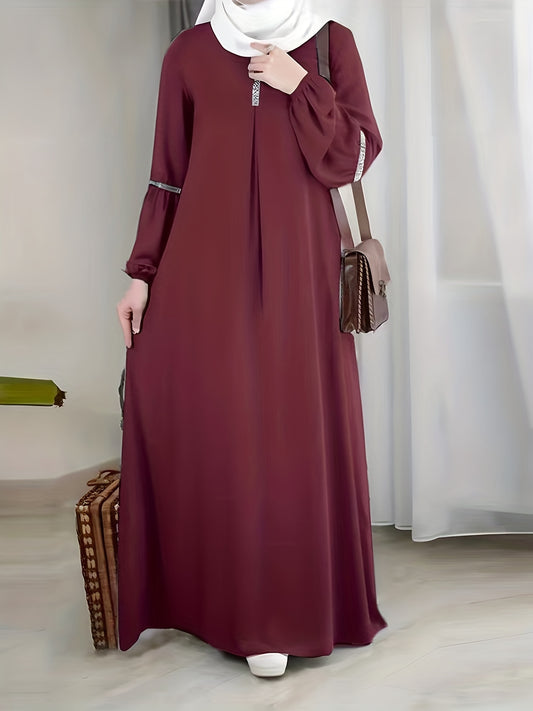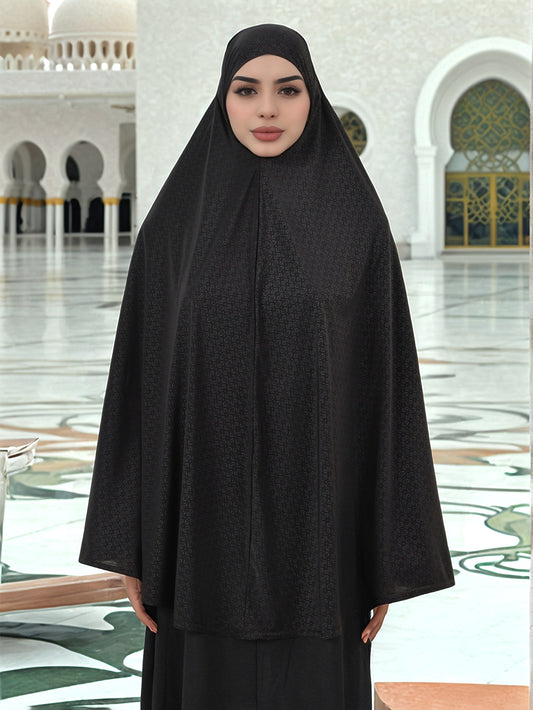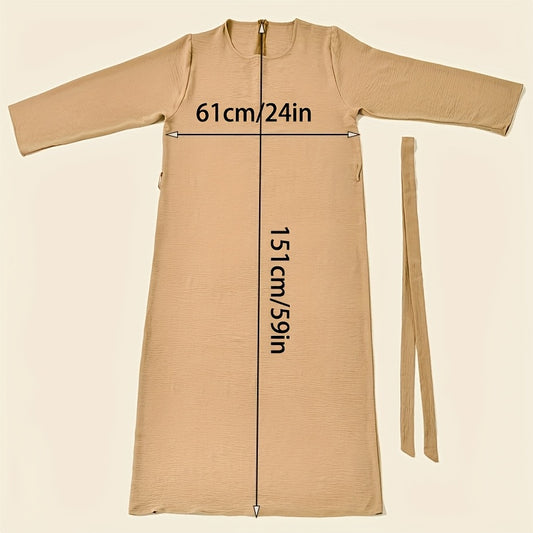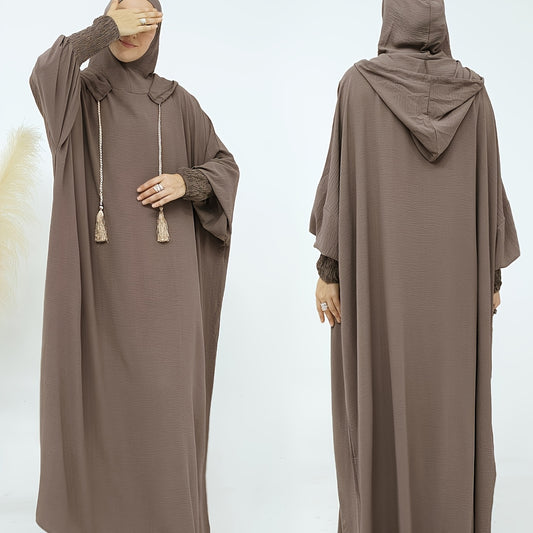About Black Abaya
The Complete Guide To Black Abayas
Defining The Black Abaya
The black abaya is one of the most recognized garments in modest fashion. Defined by its flowing silhouette and timeless color, it has come to symbolize not only modesty but also dignity and elegance. A black abaya can be simple or ornate, plain or embellished, everyday or ceremonial. Its adaptability is what makes it indispensable: one garment that transitions across occasions and geographies without ever losing relevance.
Historical Roots And Origins
The abaya has a history stretching back centuries, with evidence of its existence found in regions of the Arabian Peninsula long before modern fashion systems developed. Originally, the abaya was a functional garment worn to provide modest coverage and protection from the desert environment—shielding women from sand, heat, and wind. Over time, black emerged as the dominant shade, not only because of cultural preferences but also because black fabric had connotations of formality and authority. Historical references suggest that by the Abbasid period (8th–13th centuries), women in Arabia and surrounding regions were already adopting black robes as a sign of dignity and religious devotion.
Symbolism Of Black In Modest Fashion
Colors carry symbolism, and black has always been associated with depth, resilience, and timelessness. In modest fashion, the black abaya represents humility, modesty, and spiritual alignment. It is also a color that absorbs and reflects differently in light, which is why a black abaya often appears dramatic in photographs and elegant in motion. Across different historical moments, the black abaya has signified social standing, cultural identity, and religious observance, adapting with every era while keeping its symbolic weight intact.
Evolution Of The Black Abaya Through History
The early abayas were simple cloaks—straight cuts without tailoring or embellishments. In the 19th century, as textile trade increased across the Middle East, abayas began incorporating finer fabrics and occasionally decorative stitching. By the mid-20th century, as urban centers like Riyadh, Jeddah, and Dubai modernized, the abaya took on more diverse forms, with tailored cuts, embroidery, and luxury fabrics entering the scene. The late 20th and early 21st centuries brought global exposure: the abaya transformed from being seen only as traditional attire to being recognized as high fashion on international runways. The black abaya, however, has remained the anchor — unshaken in its presence even as variations in colors and cuts grew popular.
Fabrics Across Eras
In earlier centuries, abayas were made from locally woven wool or cotton, heavier and rougher than today’s fabrics. The rise of global textile trade in the Ottoman and colonial periods introduced silks, brocades, and fine cottons. In the modern era, fabrics like crepe, chiffon, and satin became standard, offering lighter, more breathable options suitable for diverse climates. Each fabric evolution also reflected advances in trade and craftsmanship, showing how the black abaya mirrored broader economic and cultural shifts.
The Black Abaya In Religion And Society
The black abaya is closely tied to cultural interpretations of modesty within Islam. While the exact requirements for dress vary across cultures and schools of thought, the abaya has become widely accepted as a garment that fulfills modesty requirements. At the same time, it is not restricted to religious contexts. Many women wear black abayas as cultural attire, for family events, or simply because they value its elegance and practicality. In many regions, it has become a sign of belonging and heritage as much as a religious choice.
Regional Variations In Style
Though the black abaya is globally recognized, regional differences exist. In Saudi Arabia, abayas are traditionally closed and plain, though modern variations now include embroidery and colored trims. In the United Arab Emirates, bat-wing and kimono-style black abayas with luxurious detailing are popular. In North Africa, abaya silhouettes often blend with kaftan influences, introducing patterned embroidery. Across Europe and North America, diaspora communities adapt the black abaya into contemporary modest fashion, layering it with Western pieces while maintaining tradition.
Modern Innovations In Black Abayas
Designers today treat the black abaya as a blank canvas for creativity. Minimalist tailoring appeals to women seeking professional, understated elegance, while crystal embellishments and lace inserts transform black abayas into red-carpet worthy garments. Some feature pleats, asymmetrical cuts, or cape-like layers, blending Western design elements into modest silhouettes. These innovations prove that while the black abaya holds deep tradition, it can also be as modern and experimental as any other fashion category.
Detailing As Storytelling
Details on black abayas often carry cultural meaning. Embroidery in gold or silver threads may reference historical motifs from Islamic architecture. Beadwork can symbolize celebration, while lace inserts often emphasize femininity. In some communities, mothers pass down embellished abayas to daughters as heirlooms, with each stitch symbolizing a chapter in family history. These details elevate black abayas beyond garments—they become storied artifacts.
Global Fashion Recognition
The black abaya has entered international fashion dialogues. Luxury designers like Dolce & Gabbana, Dior, and regional couture houses have all experimented with abaya-inspired silhouettes. Runways in Paris, Milan, and Dubai have featured black abayas styled with global influences. Social media influencers have further propelled its recognition, showcasing black abayas in city streets, fashion weeks, and lifestyle shoots. Its rise in global fashion signals that it is no longer confined to tradition but celebrated as versatile high fashion.
The Black Abaya In Cinema And Literature
Cultural artifacts like cinema and literature often capture the symbolism of garments. In Arab cinema, black abayas have long been depicted as symbols of modesty, resilience, or cultural pride. In literature, the abaya frequently emerges as a metaphor for identity, tradition, or generational dialogue between heritage and modernity. Its presence in art proves its importance beyond fashion—it is part of storytelling and representation.
Professional Use And Authority
The black abaya’s sleek form makes it particularly powerful in professional settings. Women in business, academia, and government often rely on black abayas to convey authority and composure. The neutrality of the shade ensures it commands respect without drawing unnecessary attention. Tailored black abayas with structured cuts are now staples in many professional wardrobes, combining cultural expectations with modern professionalism.
Inclusivity And Universality
One of the strengths of the black abaya lies in its inclusivity. Its loose fit adapts to different body types, while its neutral color flatters all complexions. It requires no specific age or size, making it universal. For petite frames, shorter tailored cuts bring balance, while taller women often favor flowing maxi styles. Its inclusivity mirrors the way Fabulive Hair Extensions suit diverse hair textures and styles—both embody versatility that transcends barriers.
Black Abayas In Ceremonial And Special Use
Special occasions amplify the role of the black abaya. Weddings often feature heavily embroidered or crystal-studded black abayas for guests, while Eid celebrations highlight luxurious silk or satin variations. Academic ceremonies and political events also showcase abayas tailored with formality. For many women, the black abaya is not simply another outfit for these occasions—it is a garment that affirms cultural pride while adapting to the dignity of the moment.
Sustainability And Ethical Dimensions
Modern buyers demand sustainability, and abaya designers are responding. Eco-friendly fabrics such as organic cotton, bamboo blends, or recycled synthetics are increasingly used. Fair-trade initiatives support artisans who specialize in embroidery and detailing. Just as Fabulive’s Hair Extensions emphasize ethical sourcing and quality, sustainable black abayas combine responsibility with elegance. This shift ensures that tradition remains relevant in a world where conscious consumption is essential.
Long-Term Value And Investment
A high-quality black abaya is a wardrobe investment. Premium fabrics withstand years of wear, while timeless silhouettes ensure enduring relevance. Instead of fast fashion cycles, black abayas remain in style for decades. A well-curated collection—one plain for daily use, one tailored for professional settings, and one embellished for formal gatherings—provides versatility without constant replacement. This longevity makes them cost-effective while aligning with sustainable fashion values.
Emotional Connection And Identity
For many women, the black abaya is not just clothing—it is part of identity. It connects them to family, heritage, and cultural pride. For some, wearing a black abaya is a daily reminder of modesty and dignity. For others, it is a symbol of elegance and belonging. Its emotional resonance mirrors the way Fabulive Hair Extensions enhance not only beauty but also confidence, connecting personal appearance with inner assurance.
Final Reflection
The black abaya embodies centuries of tradition while evolving with fashion and society. Its timeless silhouette, symbolic color, and ability to adapt across cultures ensure it remains relevant. From the Abbasid courts to international runways, from desert communities to modern offices, it has transcended boundaries. Just as Fabulive Hair Extensions elevate confidence and individuality, the black abaya elevates modest fashion into an art form. Its future lies in balancing sustainability, innovation, and heritage—ensuring it will remain iconic for generations.
Customer Reviews
-
Layla, UAE: The black abaya I purchased is timeless. The fabric drapes beautifully and feels elegant. ⭐⭐⭐⭐⭐
-
Sophia, USA: Perfect for work and family gatherings. It’s simple yet powerful. ⭐⭐⭐⭐
-
Amina, UK: The embroidery is delicate and luxurious. Definitely worth the investment. ⭐⭐⭐⭐⭐
-
Hannah, Canada: High-quality crepe fabric. Comfortable for long days, yet stylish. ⭐⭐⭐⭐
-
Fatima, Saudi Arabia: A classic black abaya that works for both Eid and daily wear. ⭐⭐⭐⭐⭐
-
Chloe, Australia: Lightweight yet elegant. I wore it to a cultural event and received many compliments. ⭐⭐⭐⭐
-
Isabella, Italy: Beautiful tailoring and craftsmanship. It felt luxurious without being overdone. ⭐⭐⭐⭐⭐
-
Mariam, Qatar: The abaya is modest, elegant, and versatile. A true wardrobe essential. ⭐⭐⭐⭐
-
Noor, Germany: I love how flattering it is. The black shade makes it look polished. ⭐⭐⭐⭐⭐
-
Emily, France: A sophisticated piece that I will wear for years. Excellent quality. ⭐⭐⭐⭐⭐


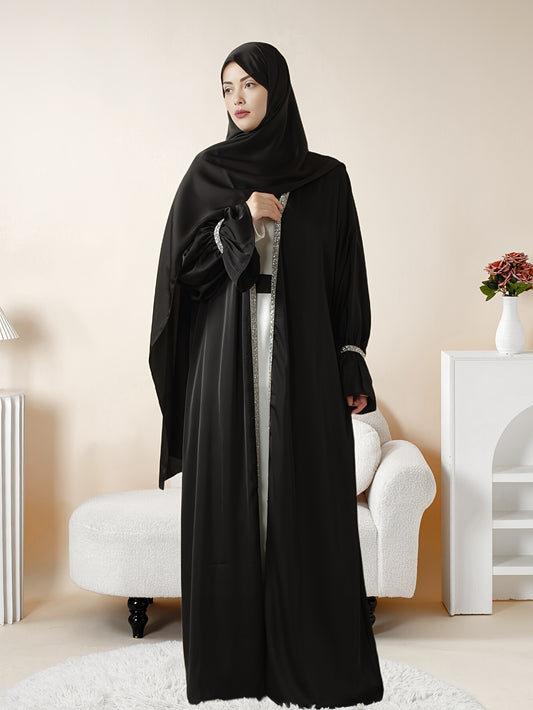

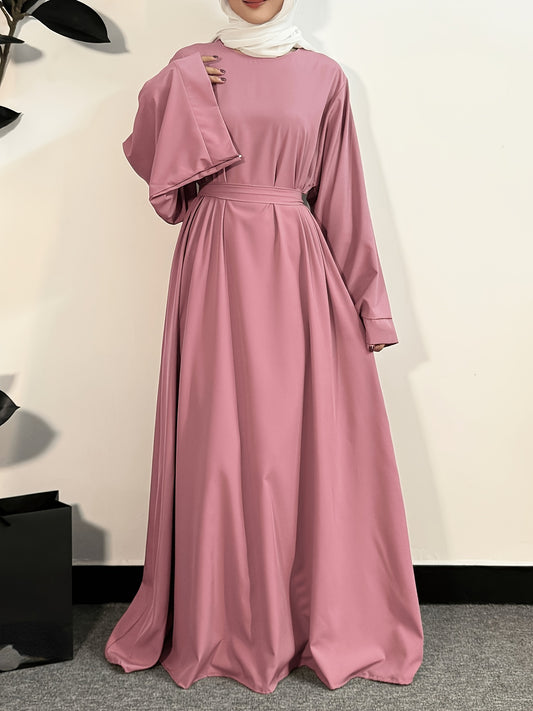

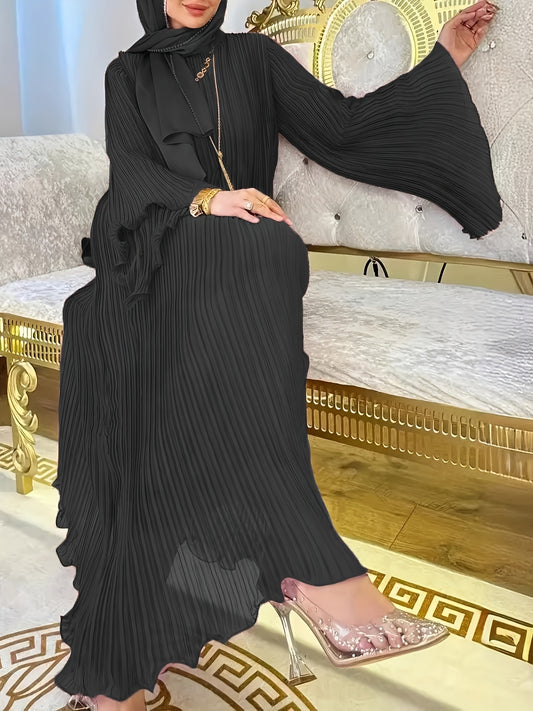

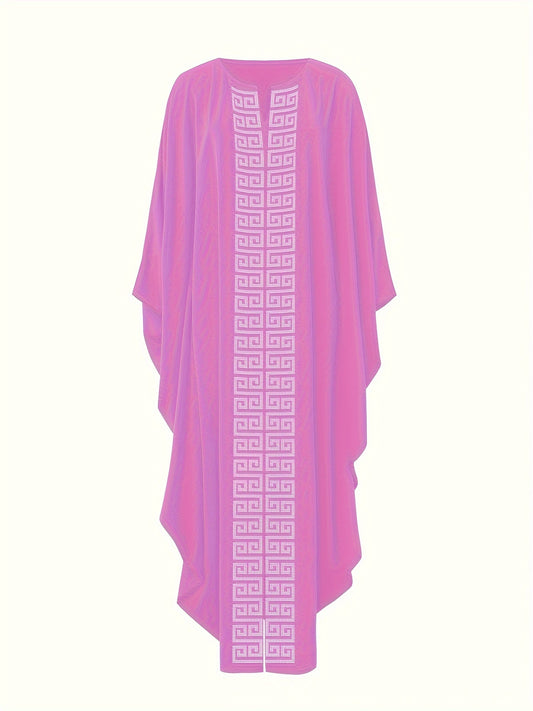



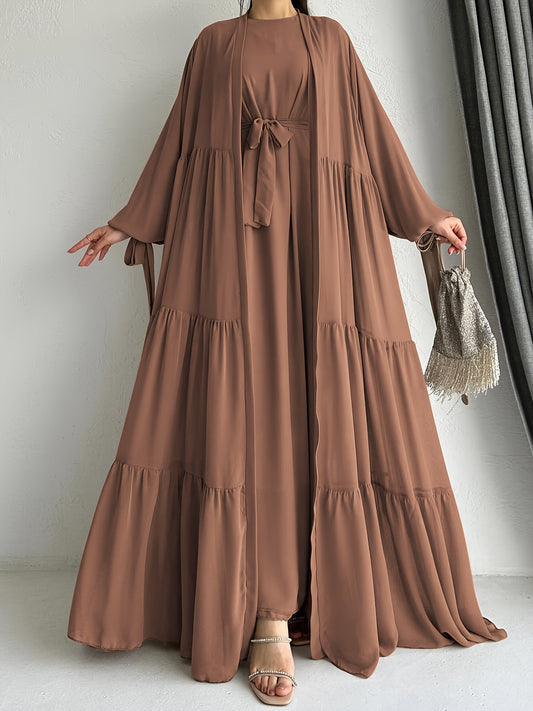

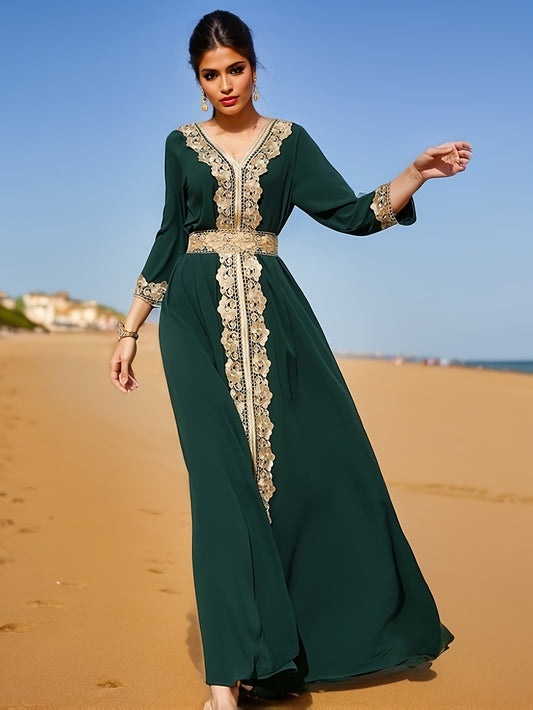

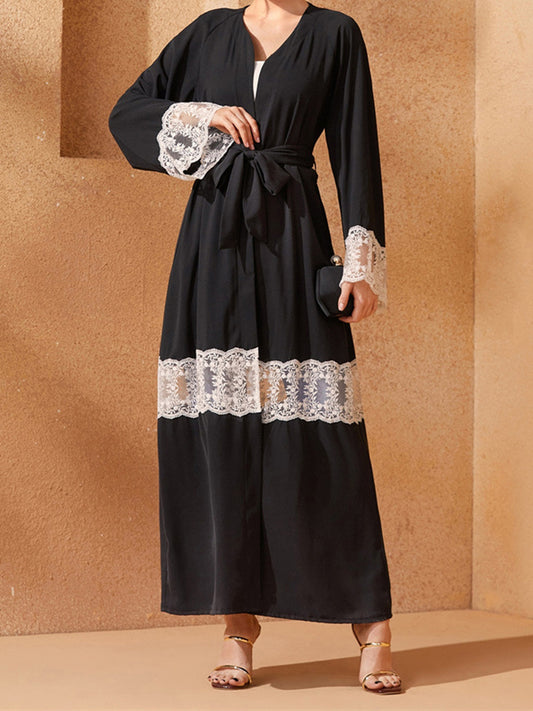
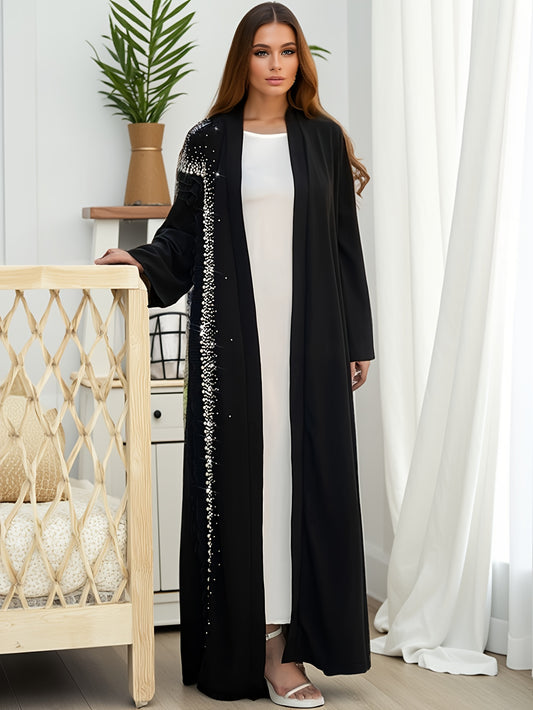
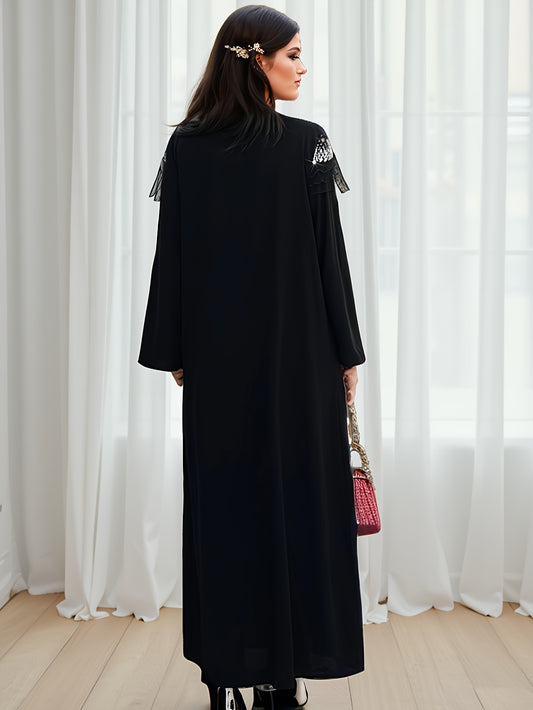

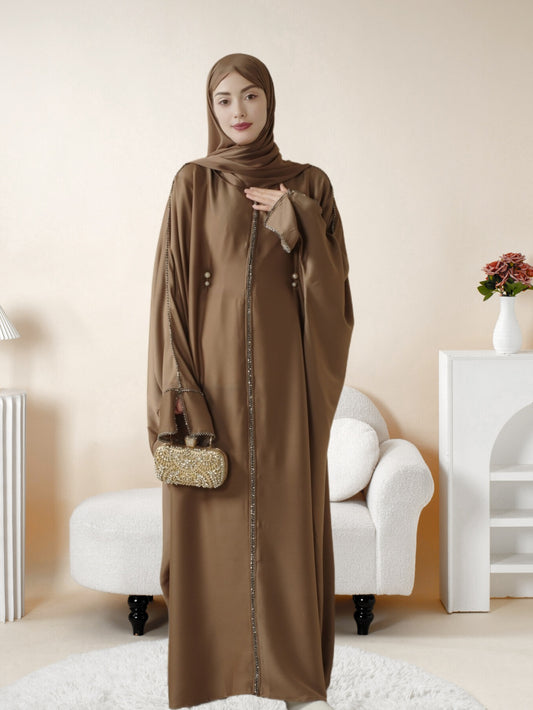



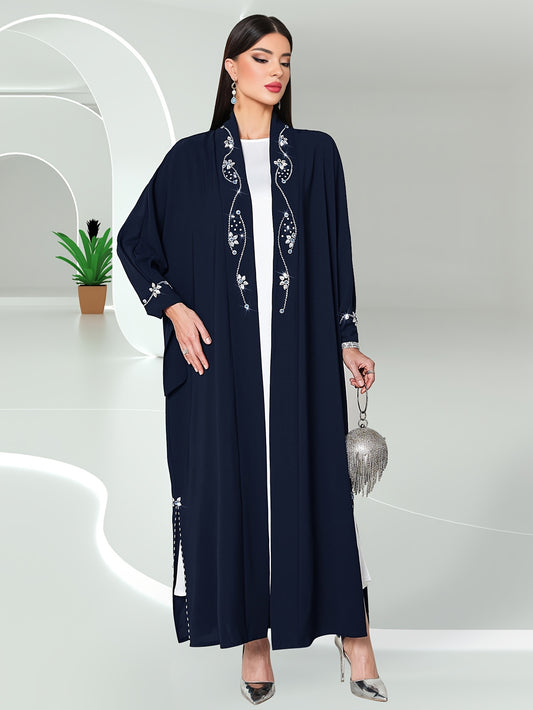



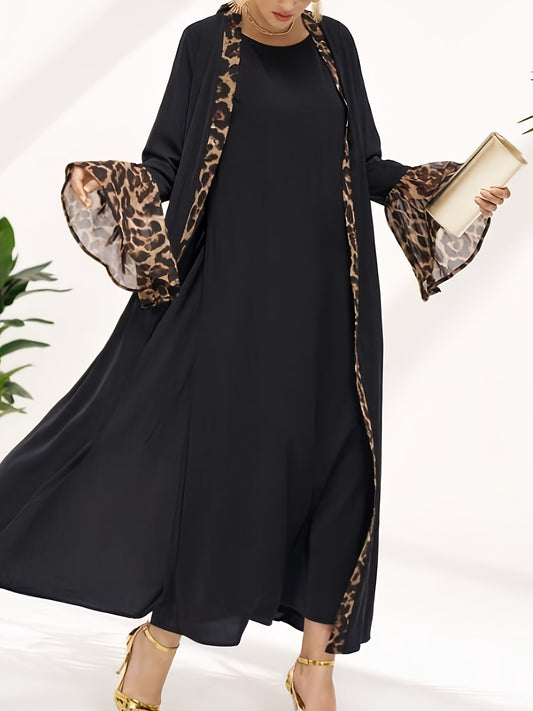

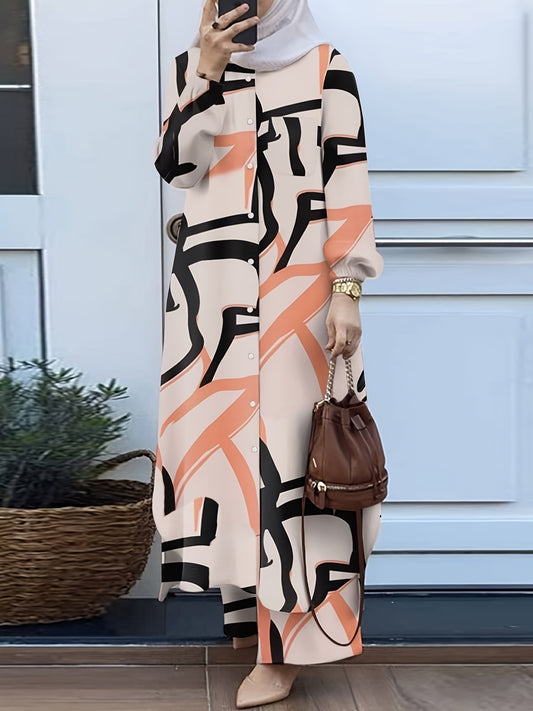

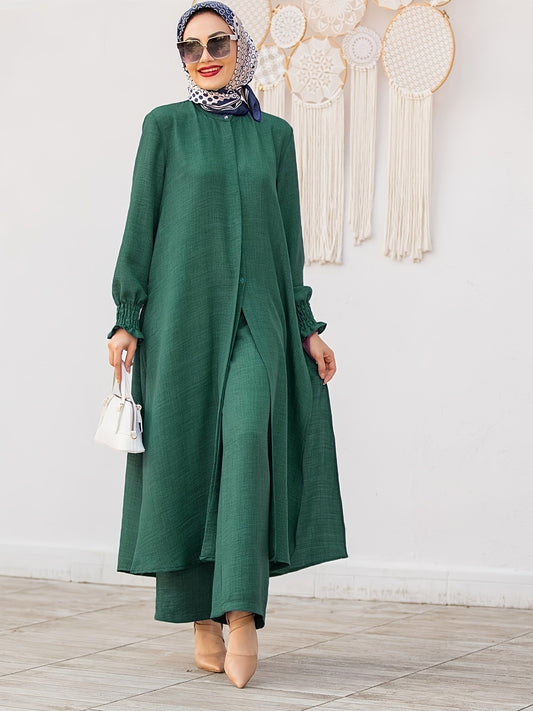

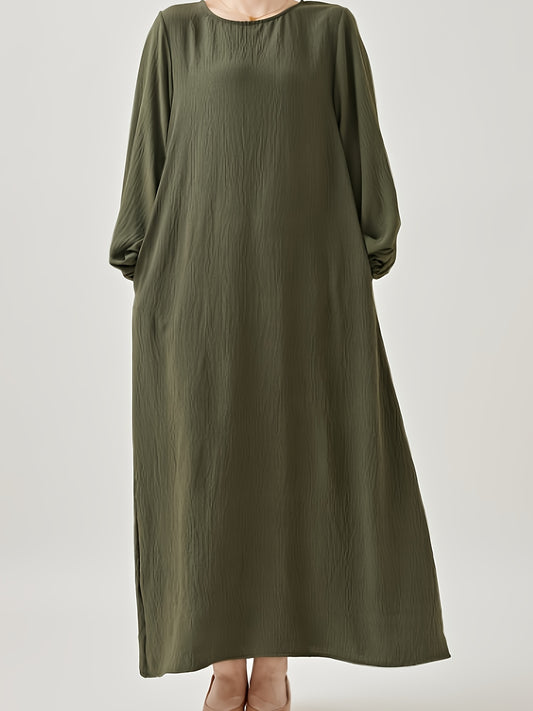

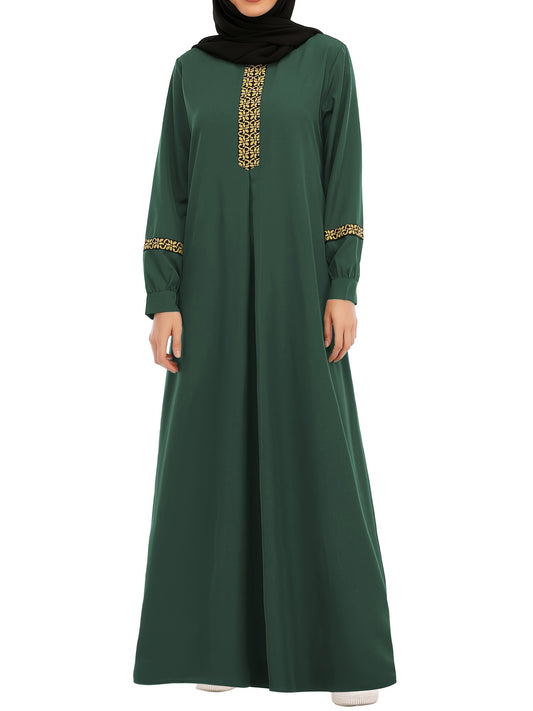

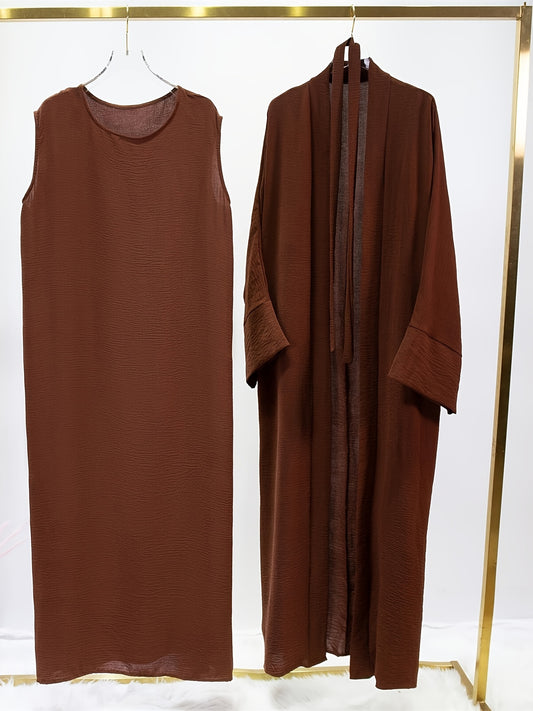

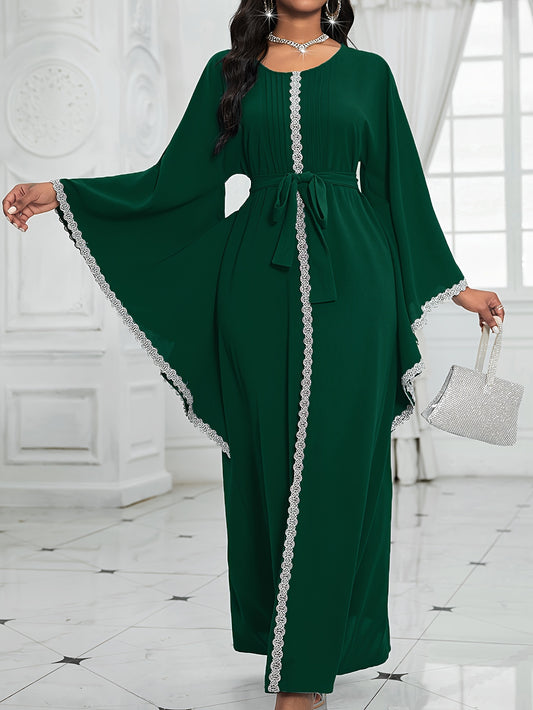

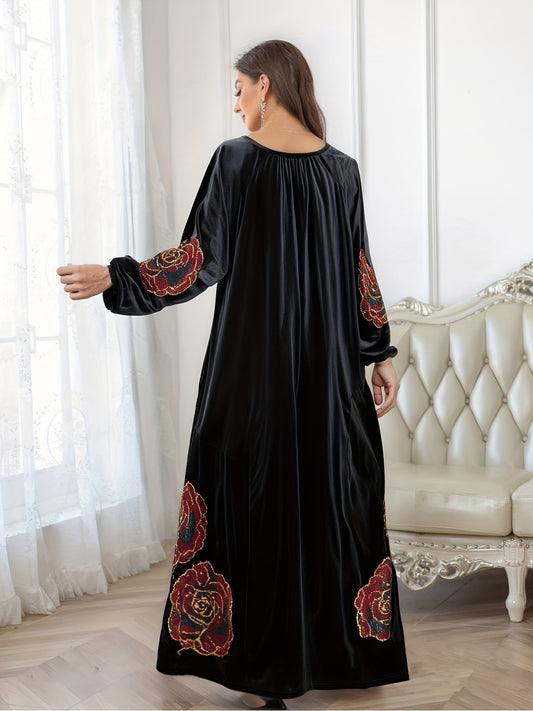

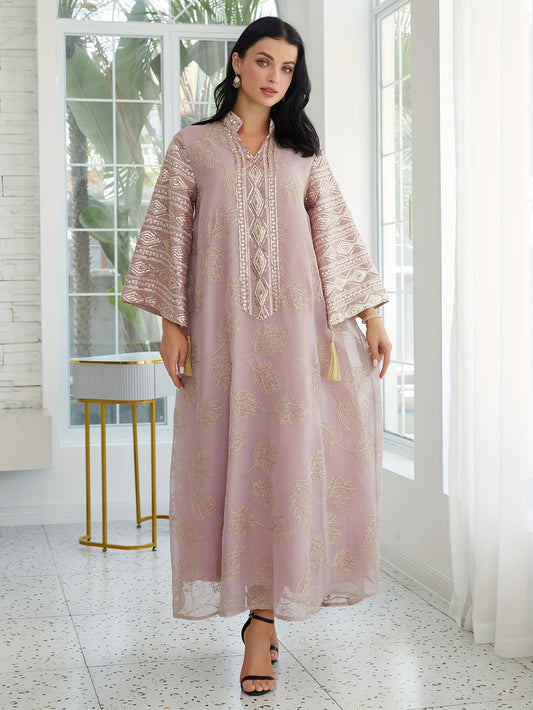

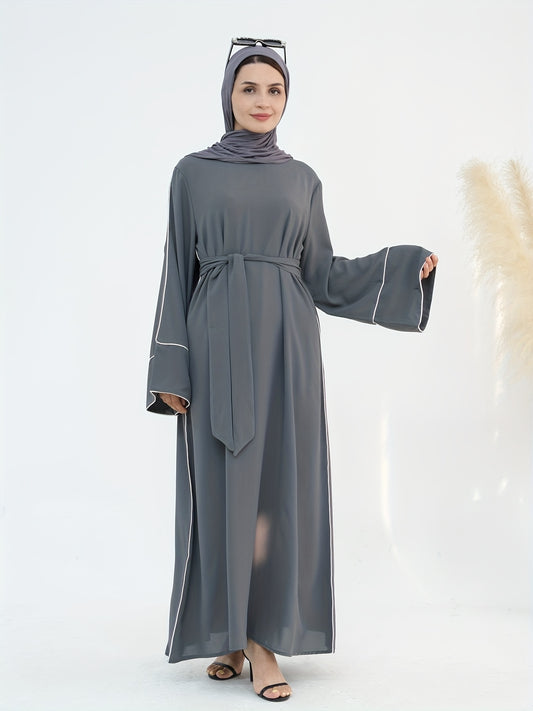

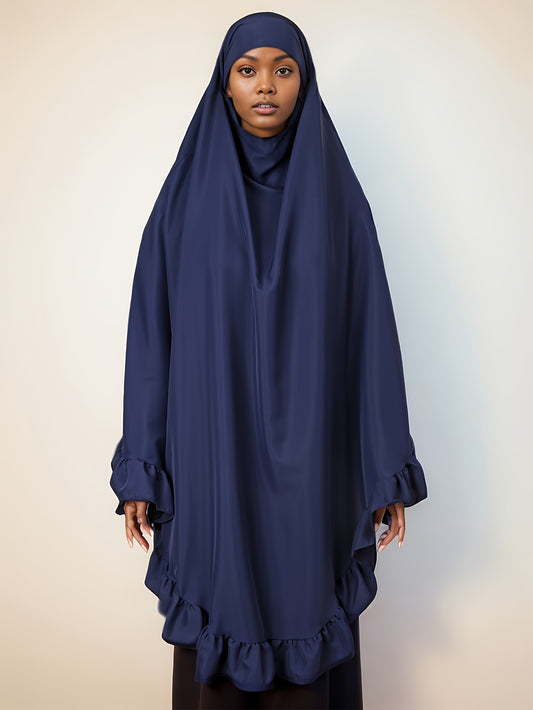

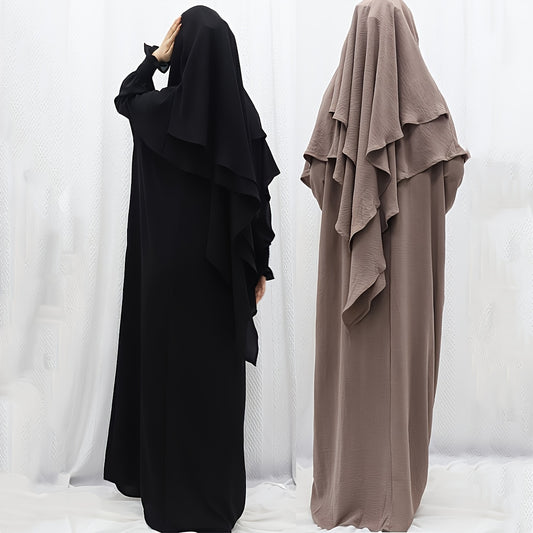

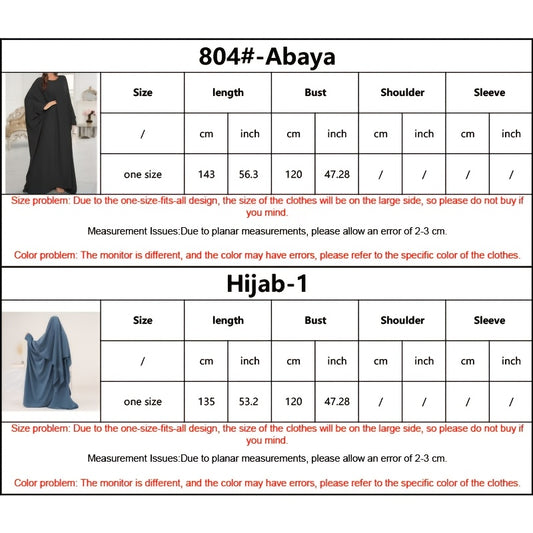

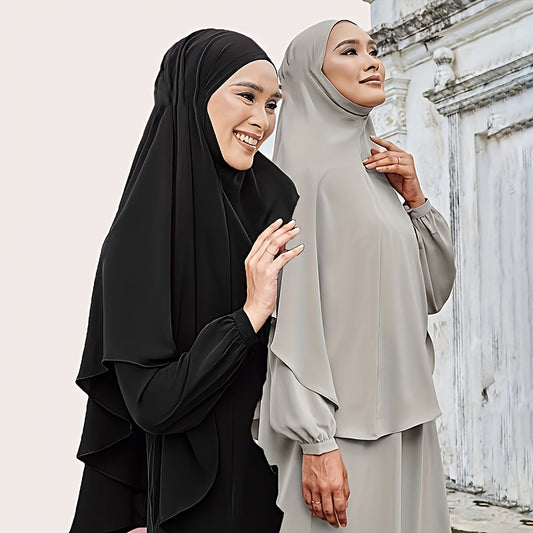

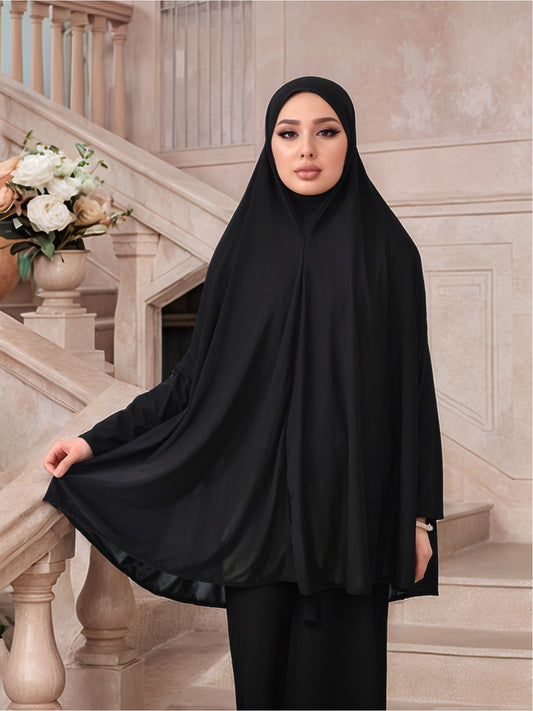

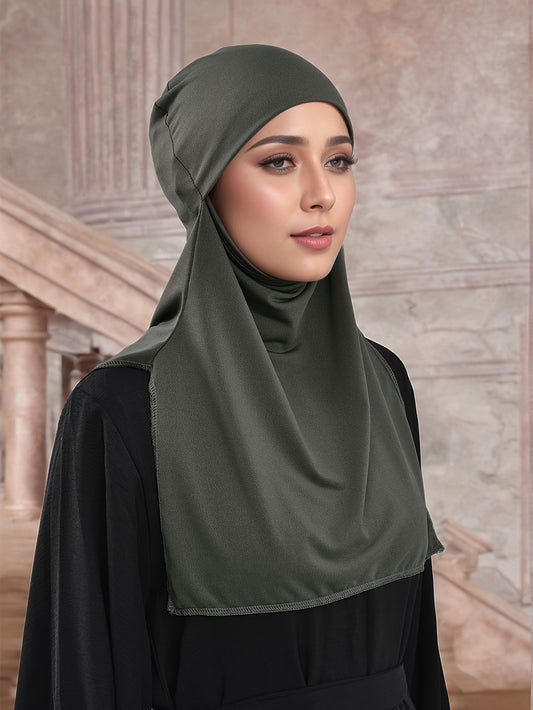







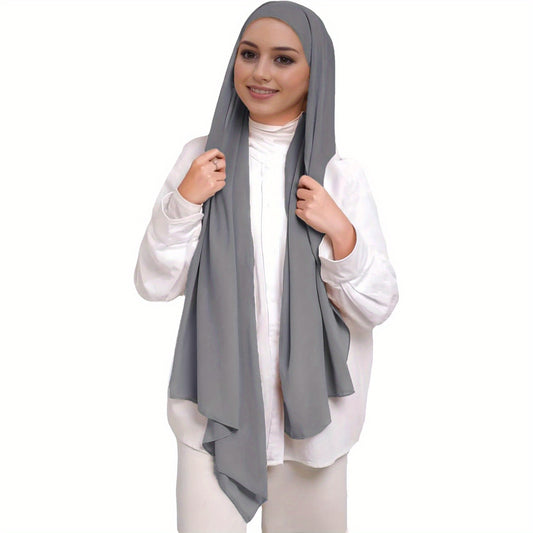

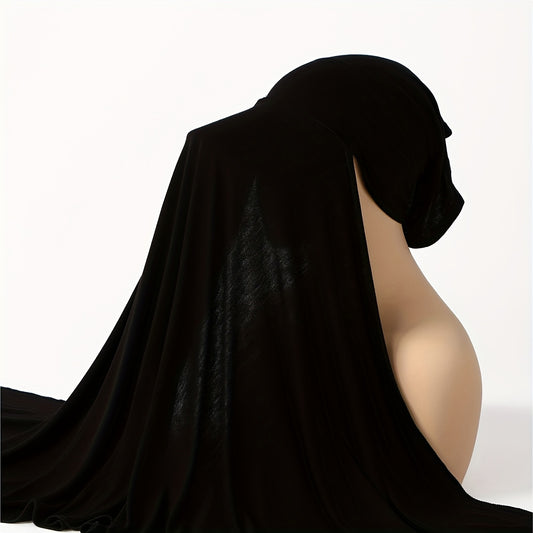

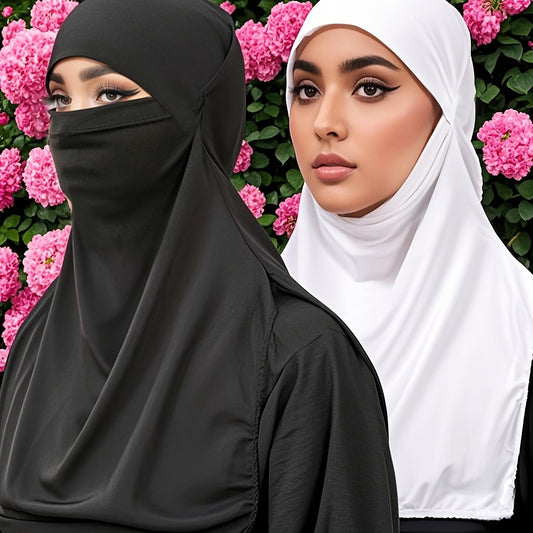



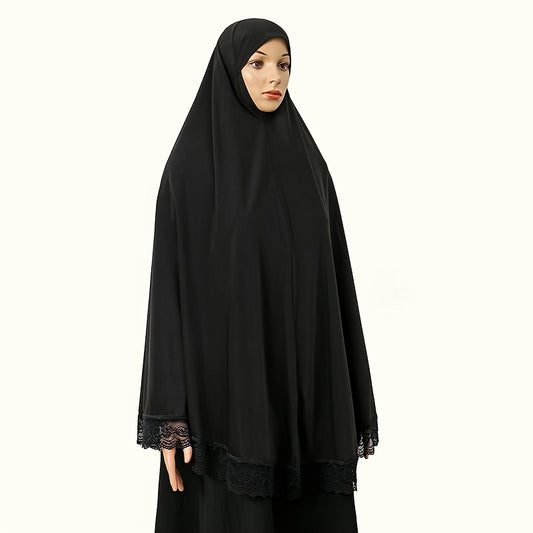



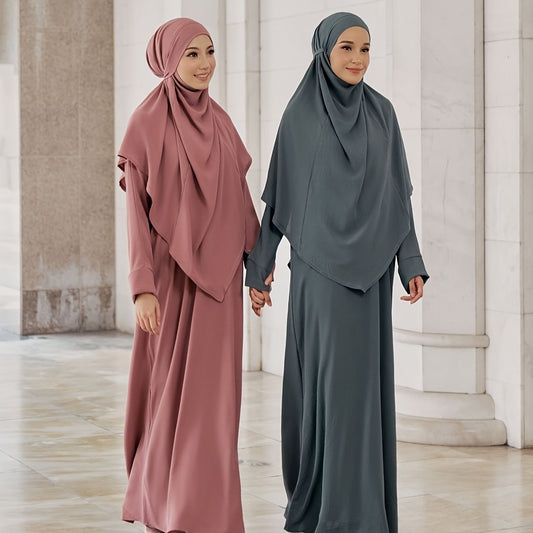

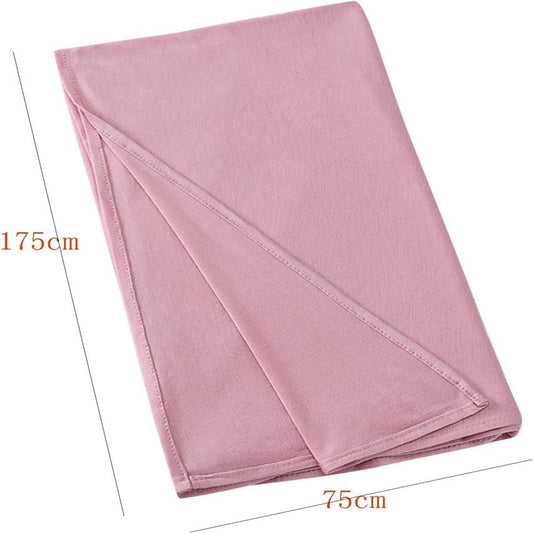

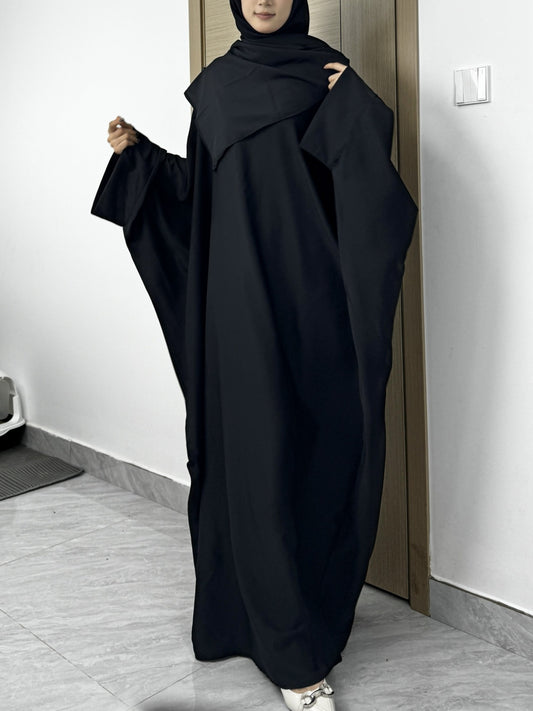



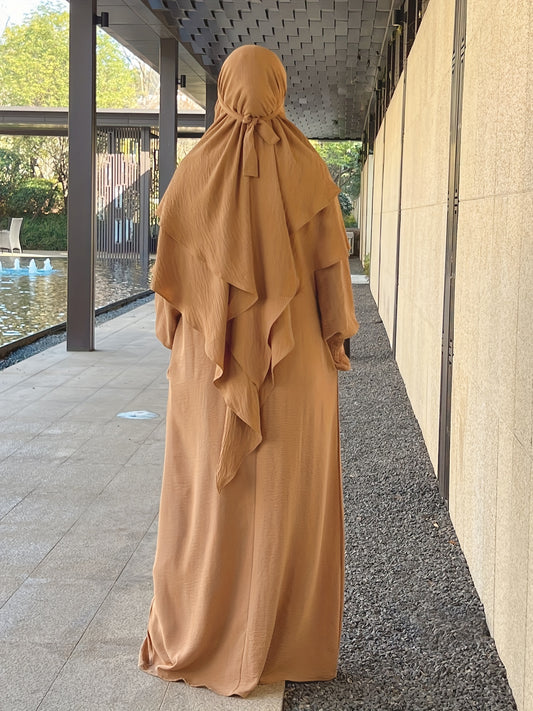

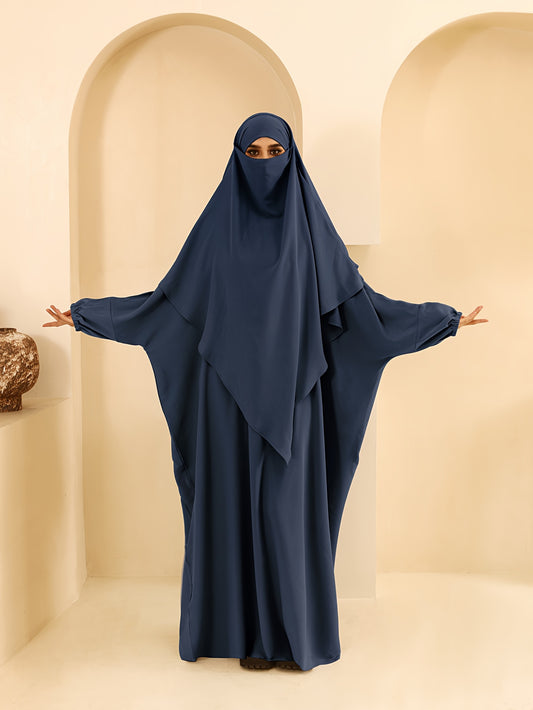

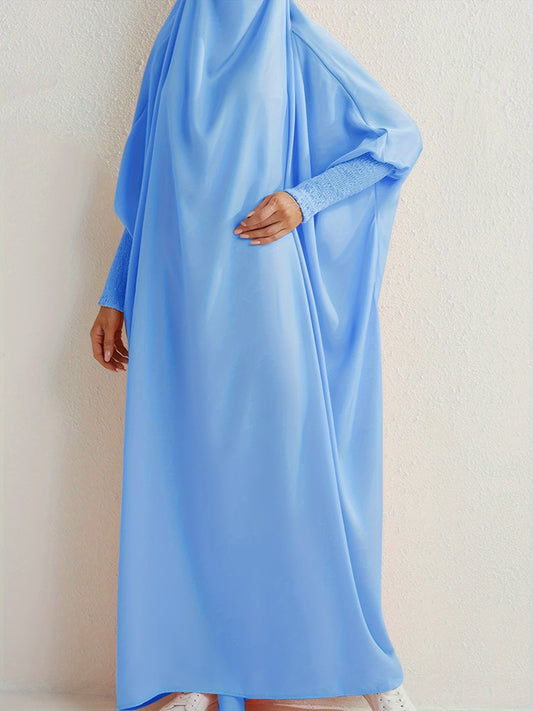
![[Satin Modesty Dress] Free Size Satin One Piece Modesty Abaya Burkha - Jilbab Niqab Attached](http://www.fabulive.com/cdn/shop/files/a6ee7356-2c62-4dce-873f-a8efe58f8fb1.jpg?v=1755027061&width=533)
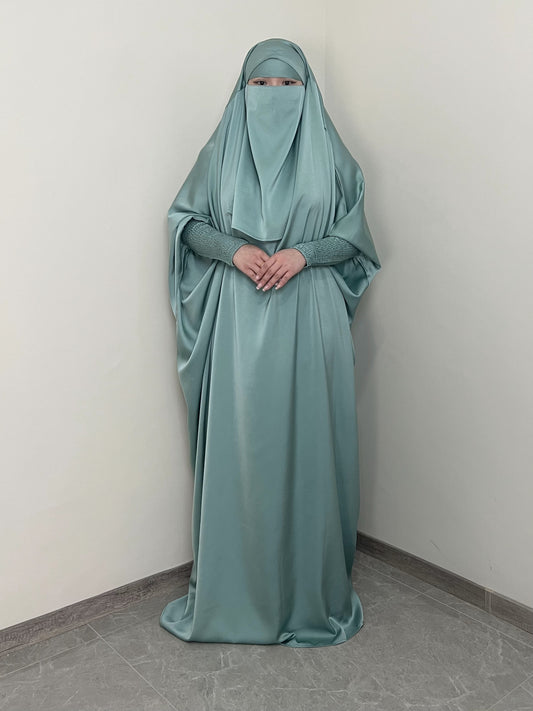
![[Elegant Abaya] Elegant Arabic Abaya Burkha | 2023 New Women's Long Sleeve Modest Cover Dress, Solid Green, Sequin Sleeves, Machine Washable, No Stretch Fabric](http://www.fabulive.com/cdn/shop/files/316b8e879c7b1bc3cb9118f1e6a7e03a.jpg?v=1755027061&width=533)
